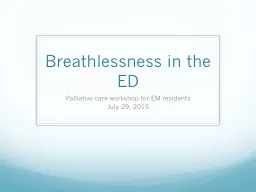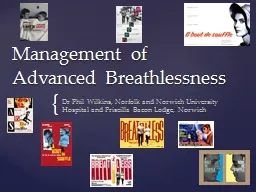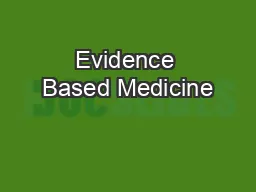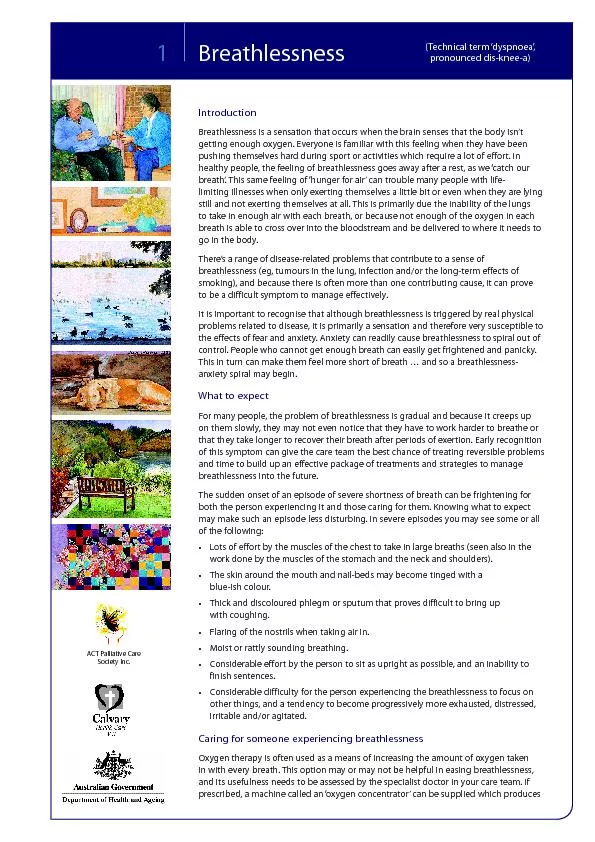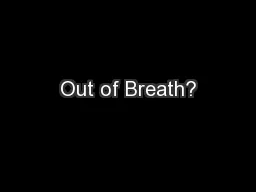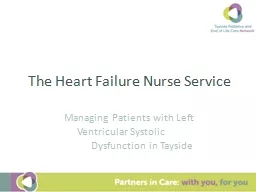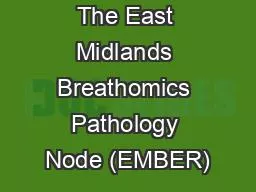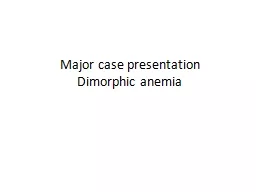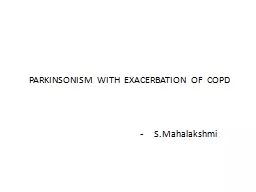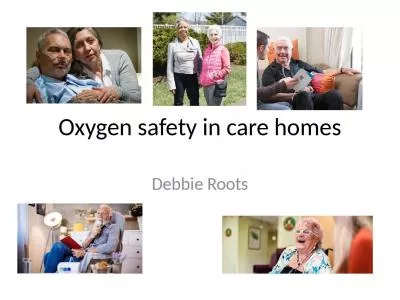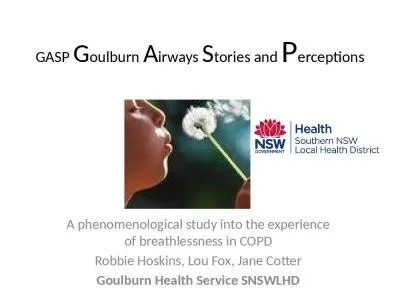PPT-Breathlessness in the ED
Author : calandra-battersby | Published Date : 2016-02-24
Palliative care workshop for EM residents July 29 2015 Disclosures No disclosures Case CTAS 1 to the resus room mid 70s female in acute respiratory distress Has
Presentation Embed Code
Download Presentation
Download Presentation The PPT/PDF document "Breathlessness in the ED" is the property of its rightful owner. Permission is granted to download and print the materials on this website for personal, non-commercial use only, and to display it on your personal computer provided you do not modify the materials and that you retain all copyright notices contained in the materials. By downloading content from our website, you accept the terms of this agreement.
Breathlessness in the ED: Transcript
Download Rules Of Document
"Breathlessness in the ED"The content belongs to its owner. You may download and print it for personal use, without modification, and keep all copyright notices. By downloading, you agree to these terms.
Related Documents

